Istanbul, formerly Constantinople, ancient Byzantium, is the largest city and principal seaport of Turkey. It was the capital of both the Byzantine and the Ottoman Empire.

The Hagia Sophia or the Church of Divine Wisdom is probably Istanbul top site and a real architectural marvel.
This splendid church was turned into a mosque and has now become a museum.
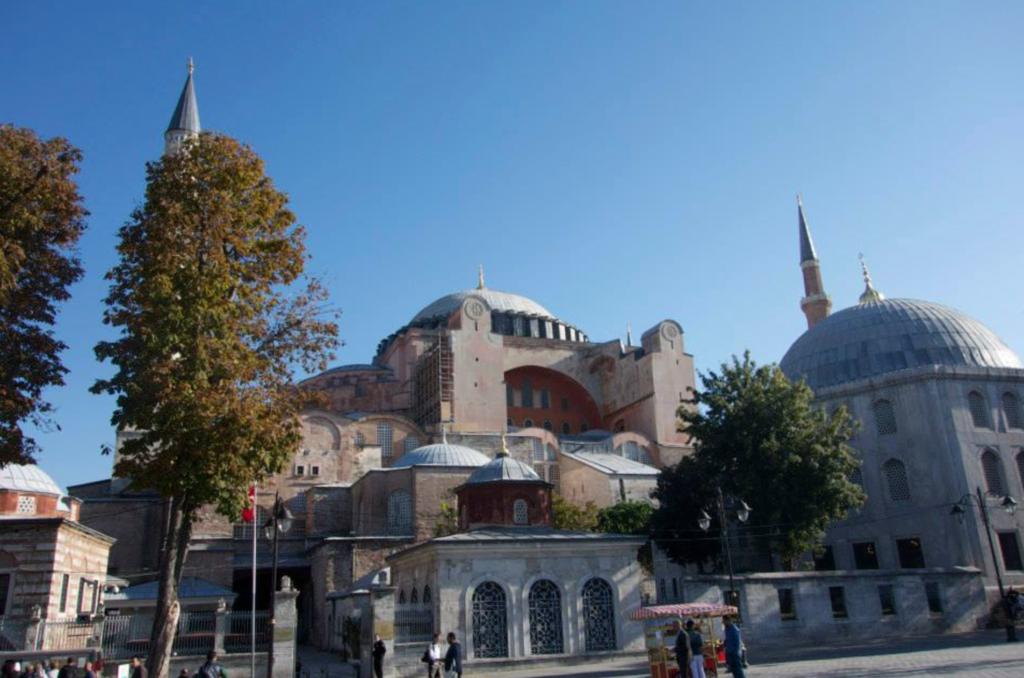
The Hagia Sophia was the seat of the Orthodox patriarch of Constantinople. The church was also home to a vast amount of relics, such as a stone of the tomb of Jesus, the lance that pierced Jesus’ side and the shroud of Jesus.
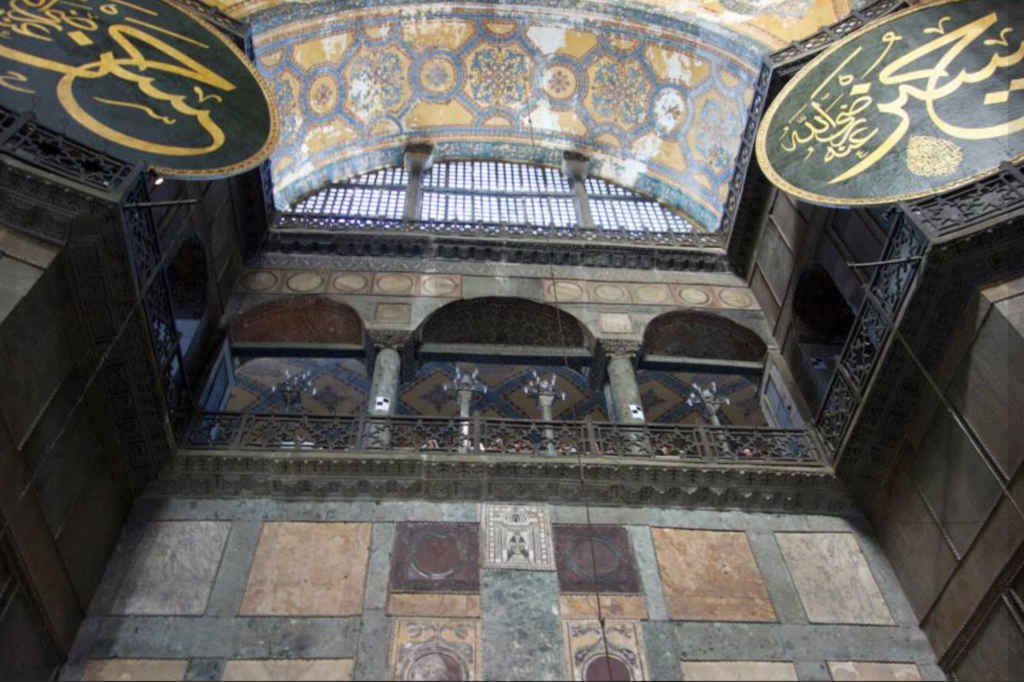
When Mehmet the Conqueror conquered Constantinophe from the Byzantines in 1453, he converted Hagia Sofia into a mosque.
After the fall of the Ottoman Empire and the establishment of the Turkish Republic, the Hagia Sophia was turned into a museum.
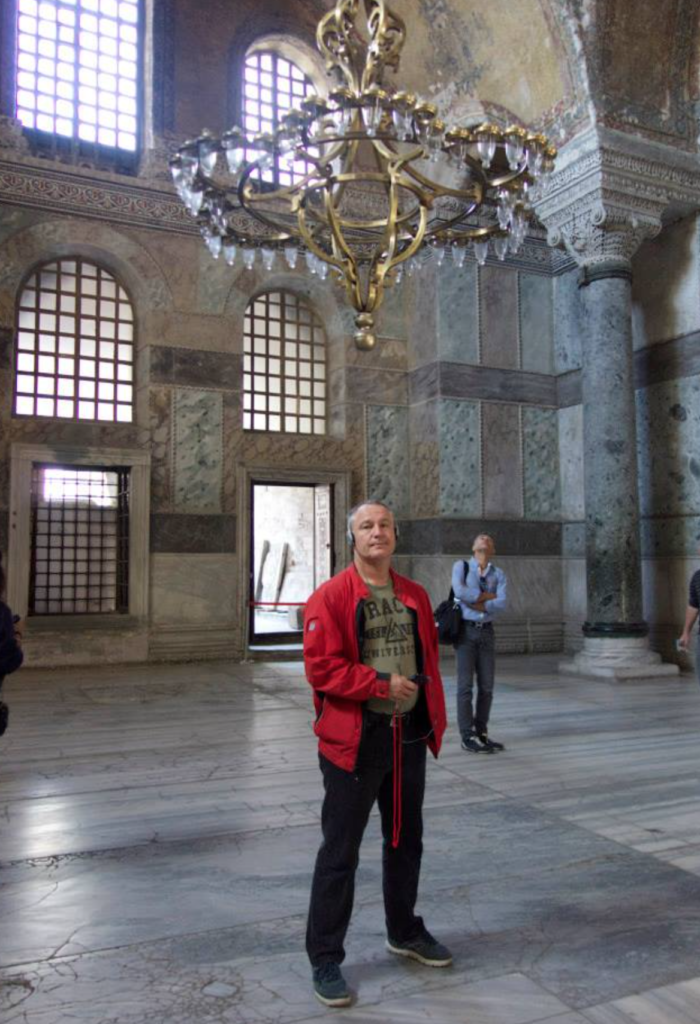
Standing in the middle of the staggering spacious nave under the enormous dome 65 meters (over 213 feet) high defies the laws of physics! The mind boggles thinking that it was built in the 6th century!
Take the ramp leading from the ground floor to the gallery to admire magnificent mosaics of Emperor Alexander holding a skull, the Virgin holding Christ flanked by Emperor John II Comnenus and Empress Irene, Christ with Emperor Constantine IX Monomachus and Empress Zoe, the Virgin with the infant Jesus on her lap.
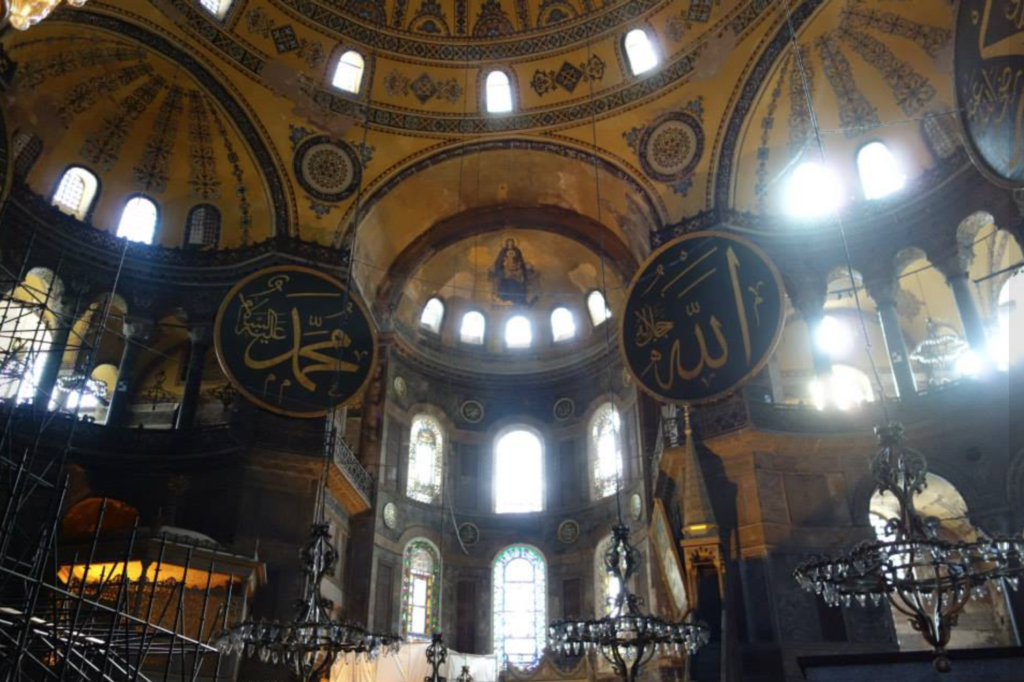
Topkapi Palace
Topkapi Palace (Topkapi Sarayı) is another site not to miss while in Istanbul. This complex composed of kiosks, barracks, audience chambers and pavilions among four lush green courtyards has been the administrative center and principal residence of generations of sultans from the 15th to 19th century.
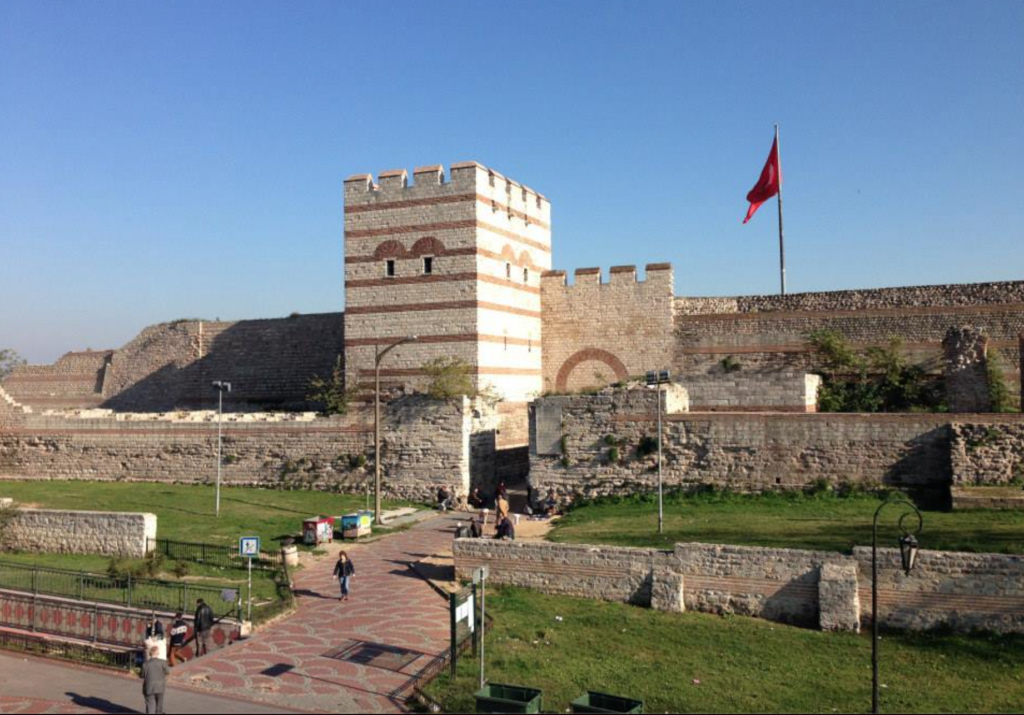
The Topkapi museum was opened in 1924, a year after the establishment of the Republic of Turkey. The Topkapı Palace Museum is famous for its architecture and collections and it symbolizes the history and culture of the Ottoman Empire.
The main attractions at Topkapi Palace are the Harem, an adorned ‘cage’ containing the sultan’s women, the treasury storing the crown jewels including the famous Topkapi dagger, and a rich collection of artifacts. weapons and rare books.
We started our tour through the great Palace Kitchens with a dedicated Helvahane (confectionery kitchen). They hold a collection of exquisite sets of porcelain and tableware. This rich porcelain collection is composed of gifts from foreign dignitaries or acquired from China and Japan. Celadon from China was especially prized as serving plates as it was reputed to change color if in contact with poisoned food – a superstition that illustrated the Sultans’ perpetual fear of assassination.
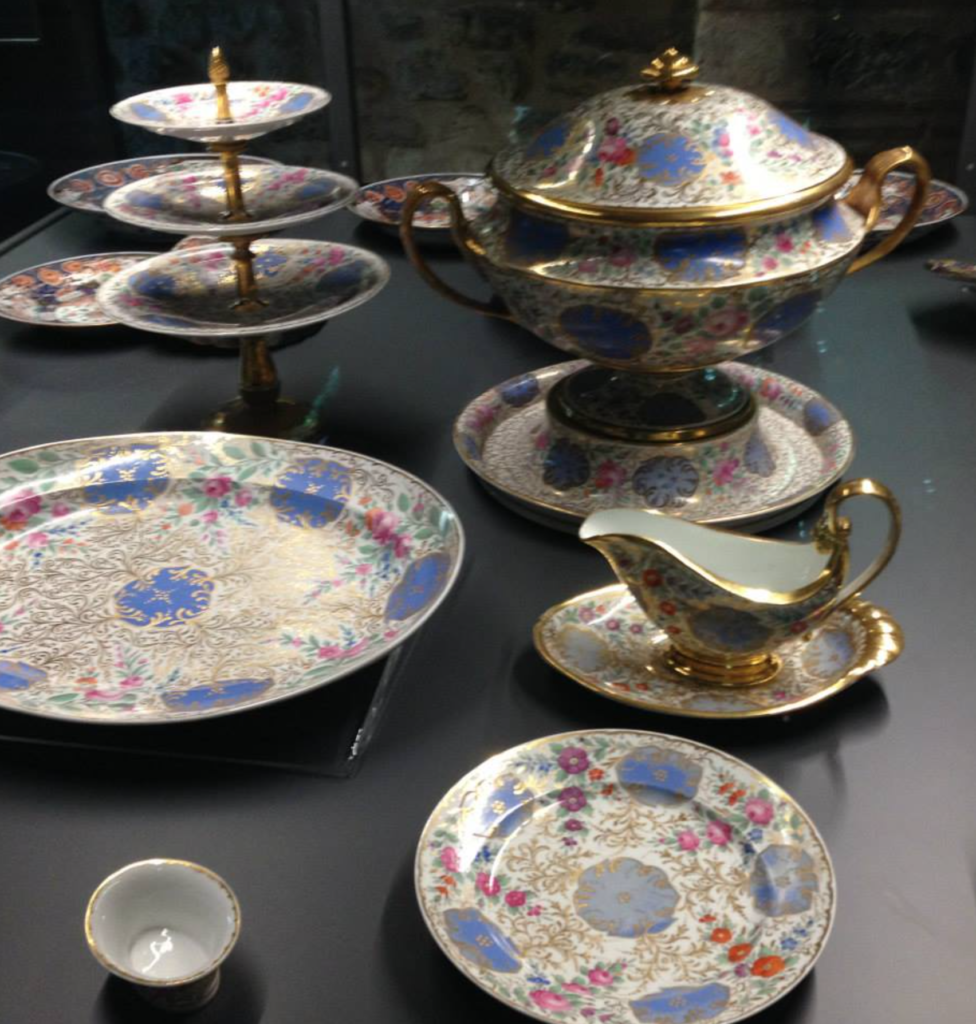
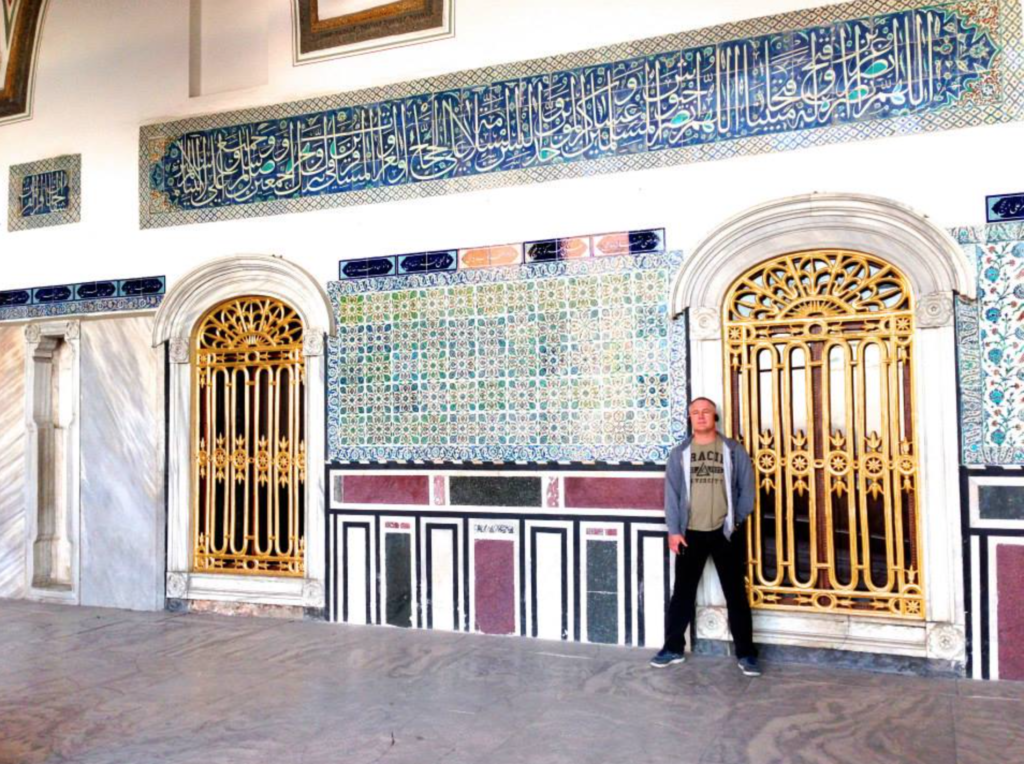
The entrance to the Harem is beneath the Tower of Justice on the western side of the Second Court. The Harem was a place where the sultan could engage in debauchery as he wishes. The word ‘harem’ literally means ‘forbidden’ or ‘private’.
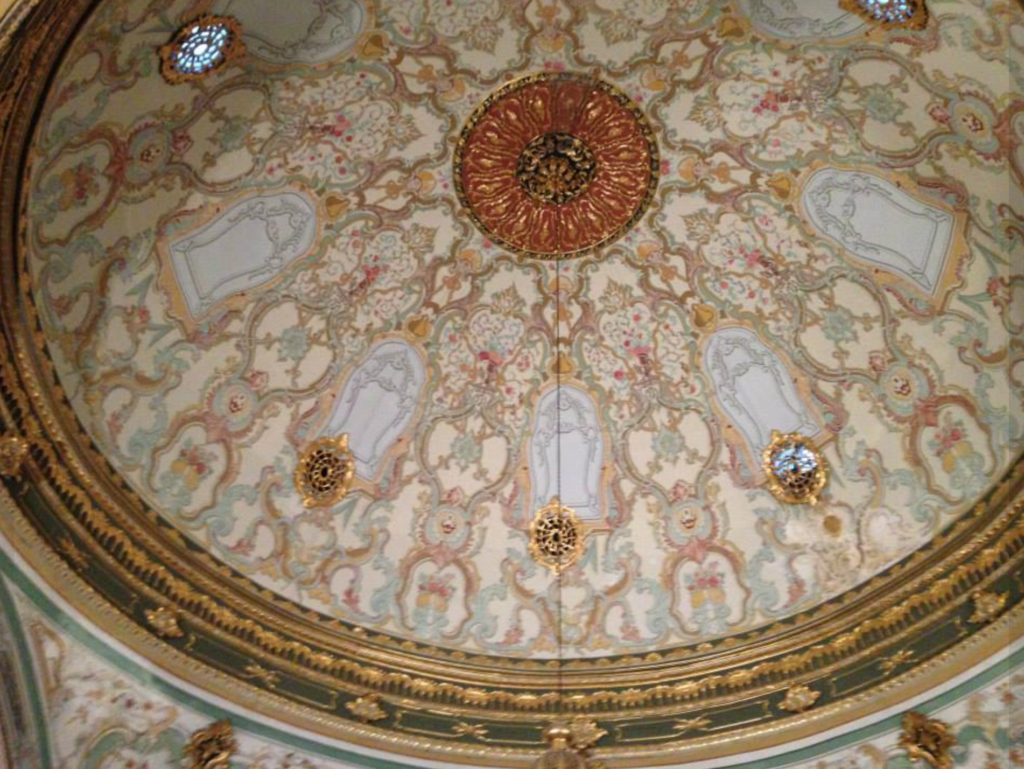
Every detail of Harem life was governed by tradition, obligation and ceremony.
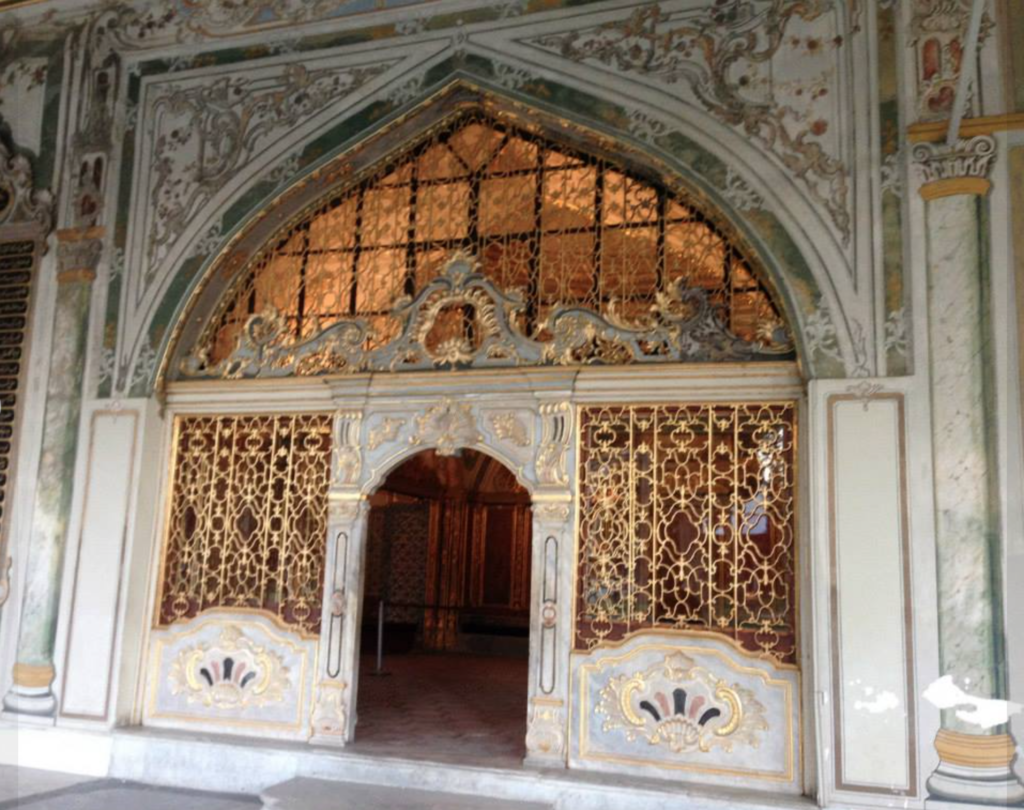
The Harem housed as many as 300 concubines. Upon entering the Harem, the girls would be schooled in Islam and in Turkish culture and language, as well as the arts of make-up, dress, comportment, music, reading, writing, embroidery and dancing. They first would serve as ladies-in-waiting to the sultan’s concubines and children. If they were attractive and talented, they would serve the sultan himself.
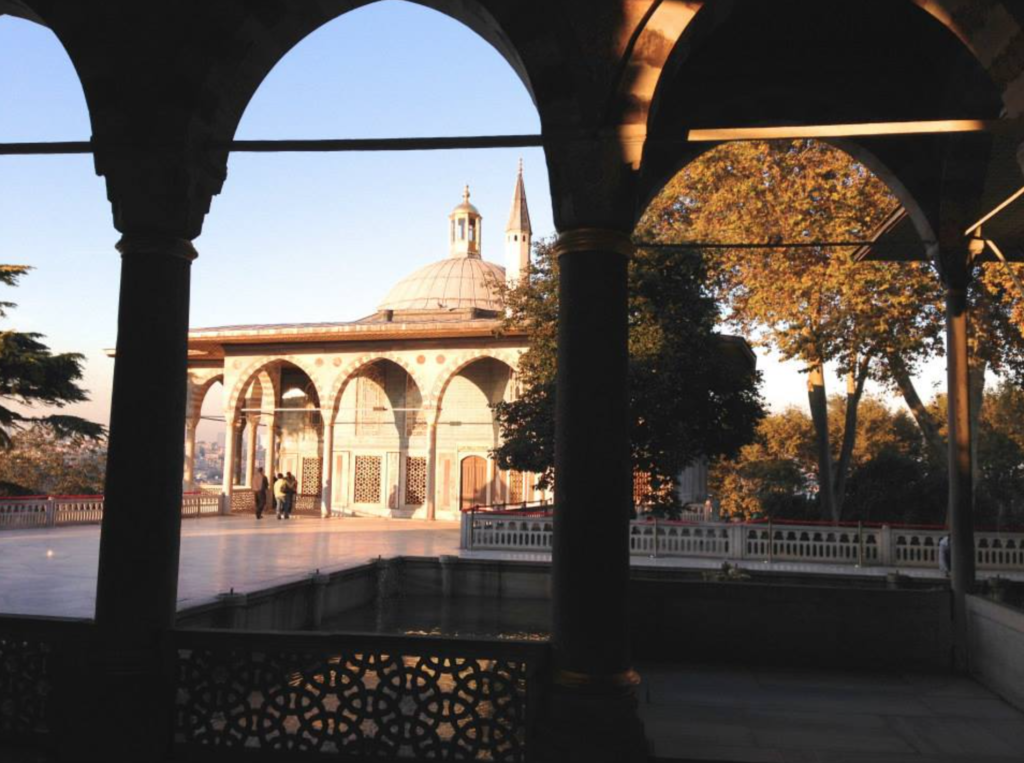
Each courtyard served different purposes and was separated by a gate. The most-private and restricted entry courtyards were the third and the fourth courtyards.
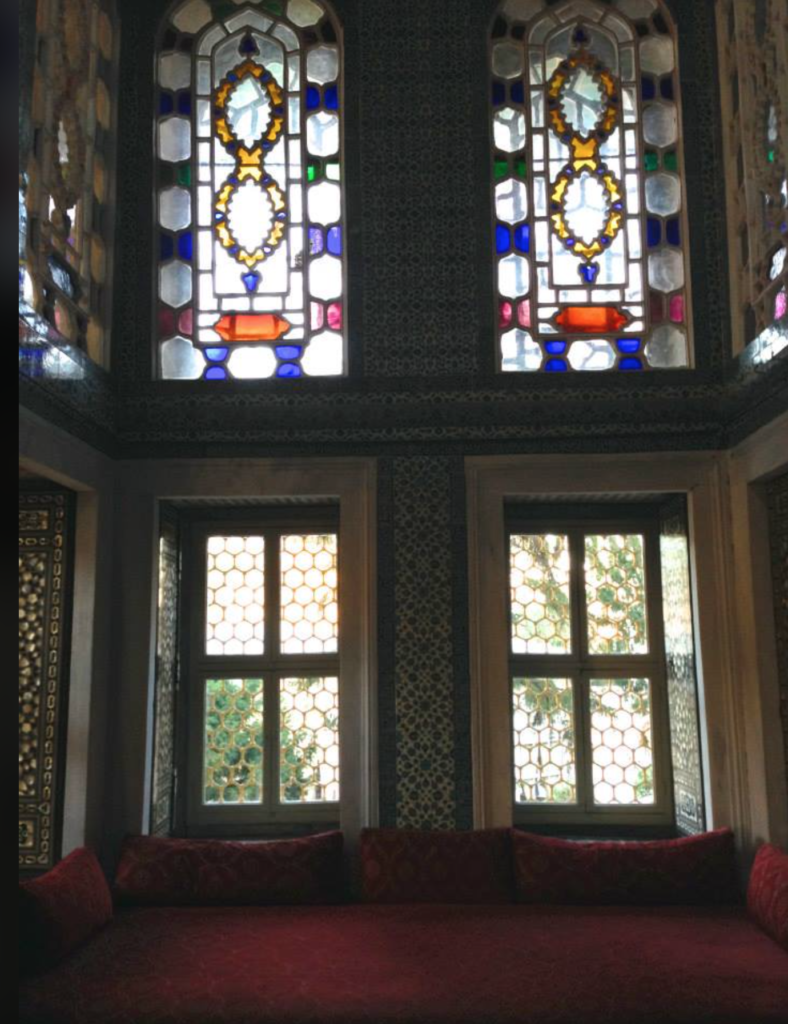
The palace’s surviving buildings are generally one- to two-story structures that changed functions throughout the centuries.
The ground surrounding the Palace is beautiful and serene.
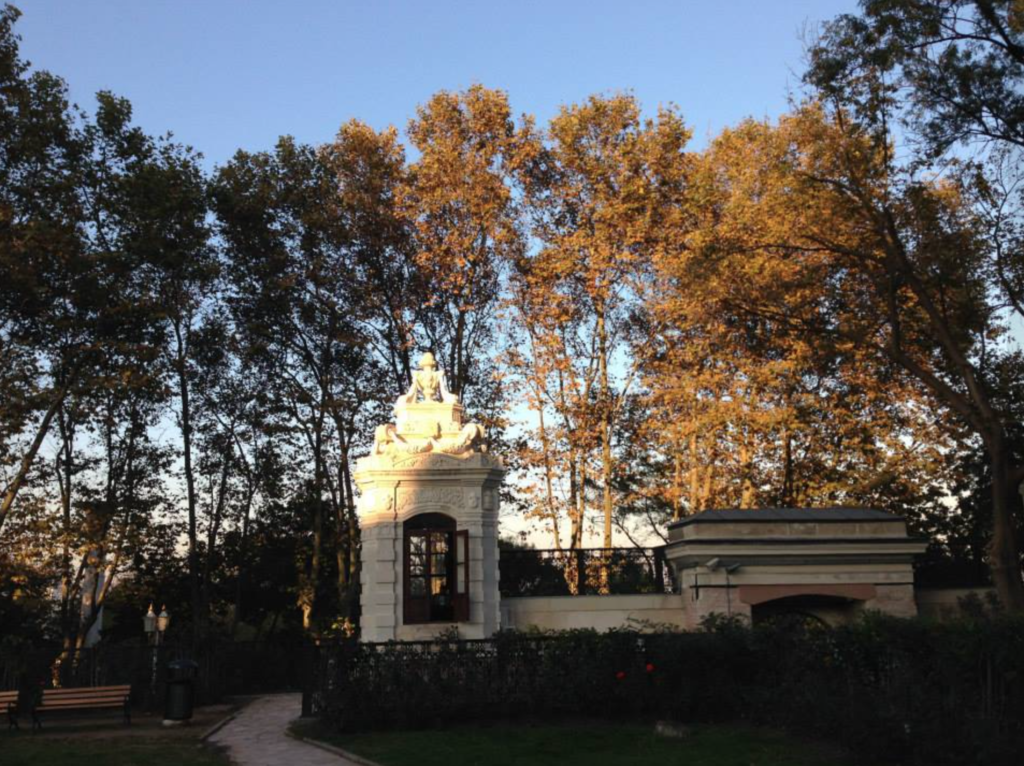

Also, walk all the way till the end of the palace grounds for breathtaking views of the Sea of Marmara, Bosphorus and Golden Horn.
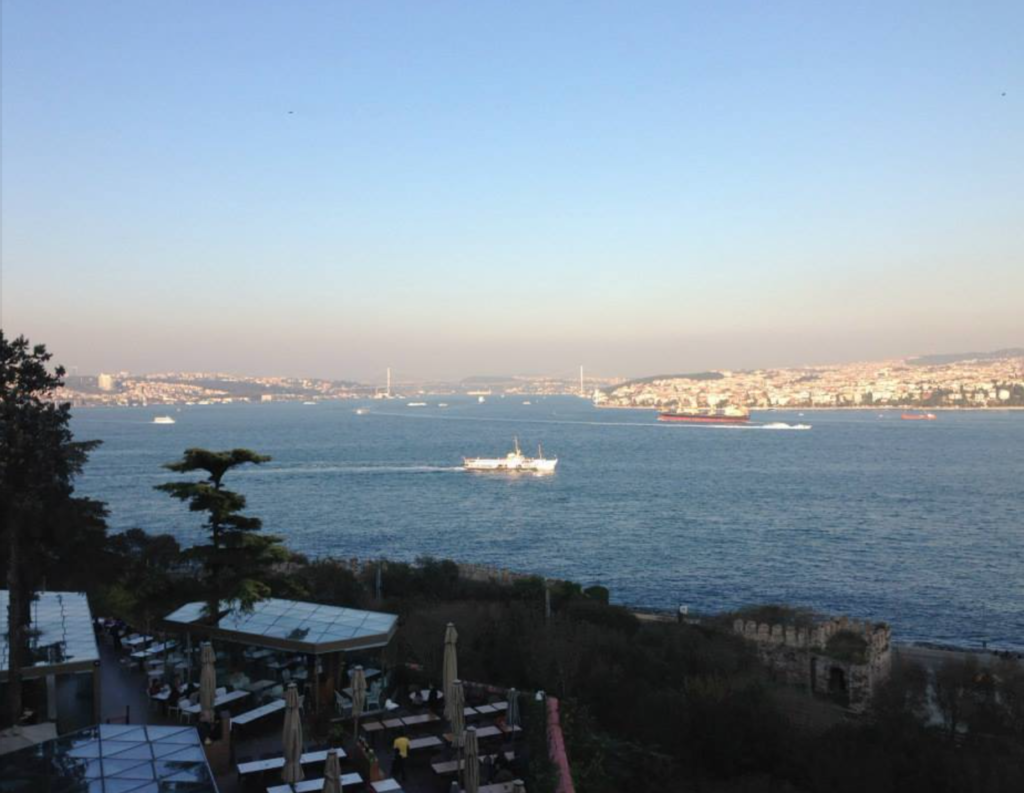
Blue Mosque
Istanbul‘s imperial Mosque of Sultan Ahmet I is definitely one of Istanbul highlights.
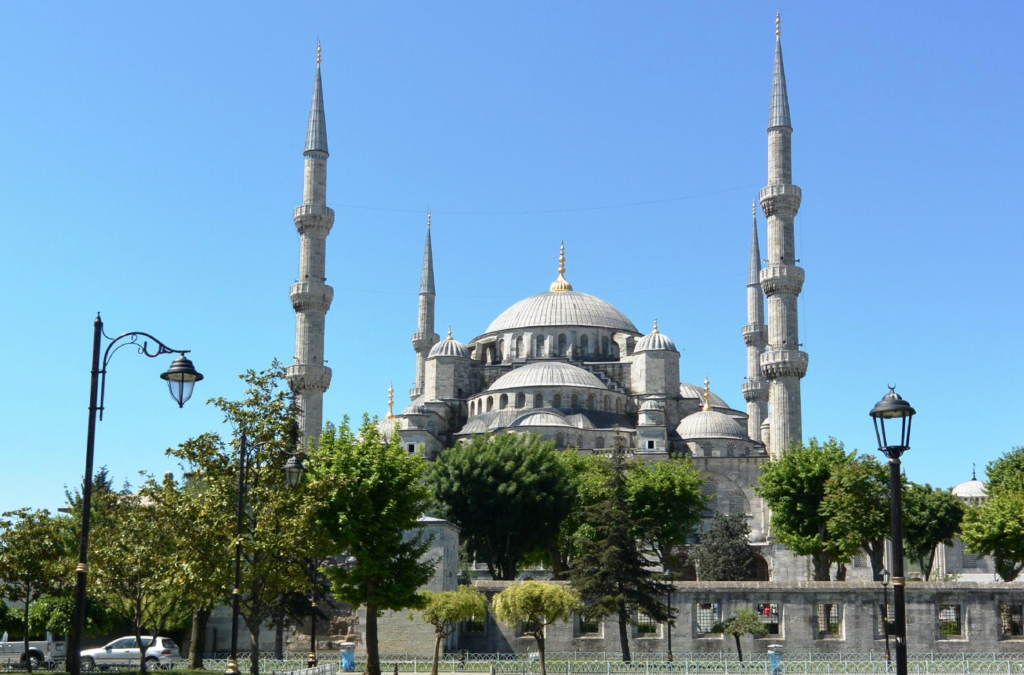
The Blue Mosque is so called by foreigners because of its interior blue tiles although they are not really visible as located in the upper galleries which are not accessible to visitors.
The mosque is a fine example of Istanbul’s wonderful imperial Ottoman mosques.
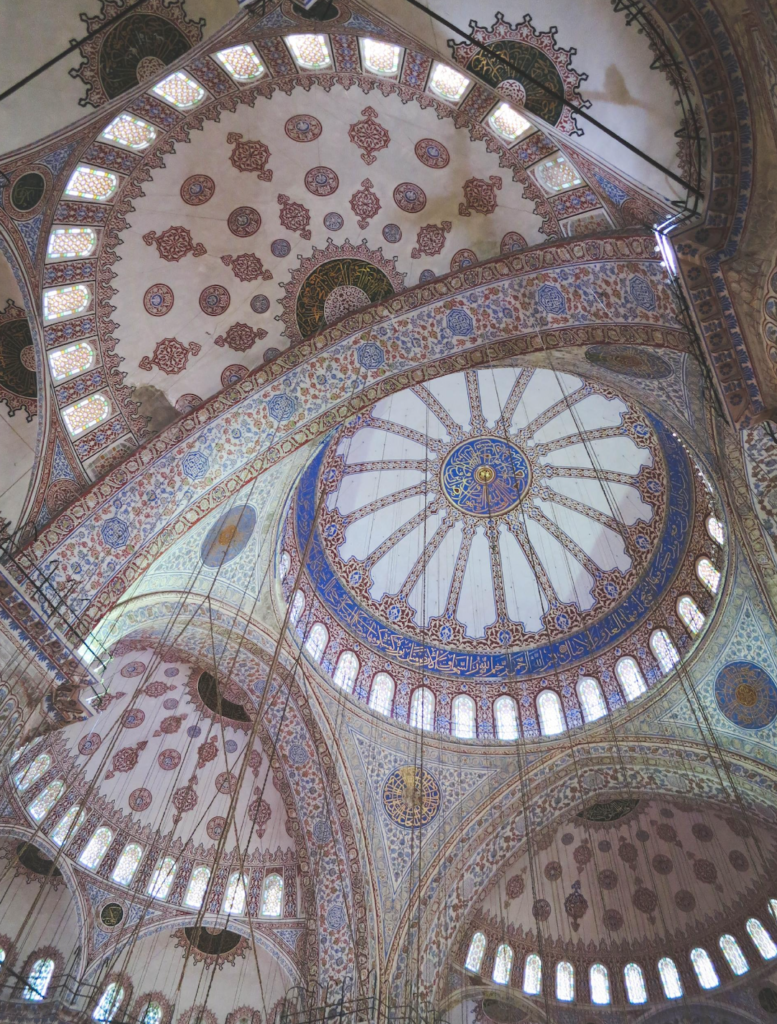
With its six minarets and a great cascade of domes, the mosque is comparable to Hagia Sophia which is just a few minutes’ stroll to the north.
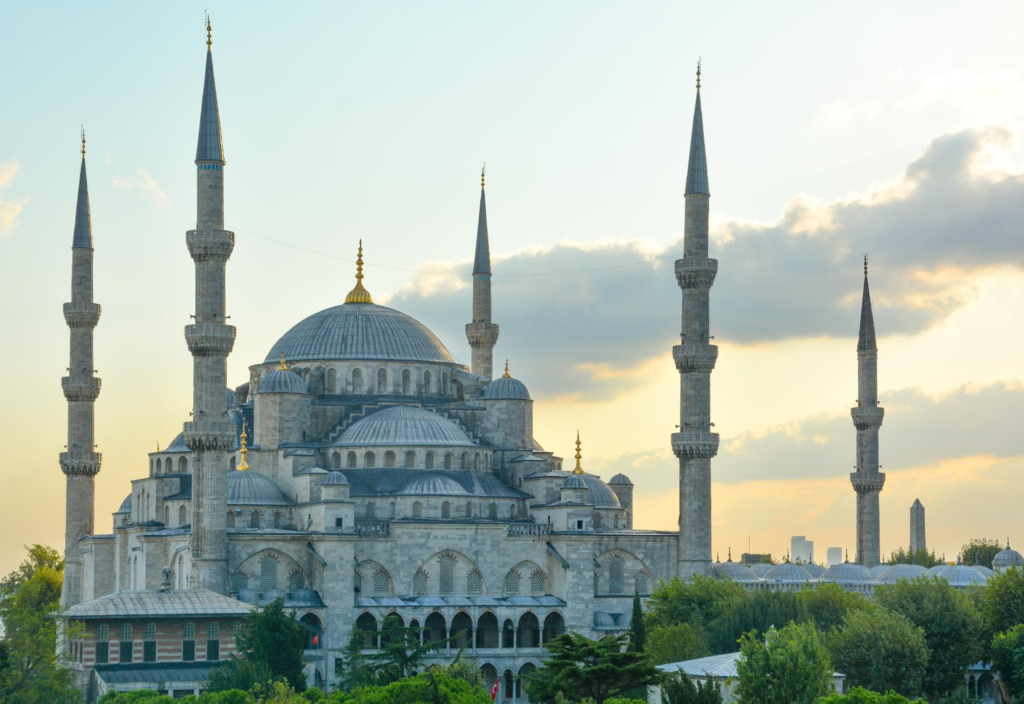
The Sultan Ahmet is a working mosque, so you must dress conservatively when you visit (no bare arms or legs, and bring a shawl to cover your head) and remember that it’s closed to non-worshippers 45 minutes before the call to prayer, 30 minutes afterwards, and all morning on Friday (until 14:30/2:30pm).
Here are the prayer times so you can plan your visit. The call to prayer from the minarets of the Sultanahmet Mosque can be heard from far away.
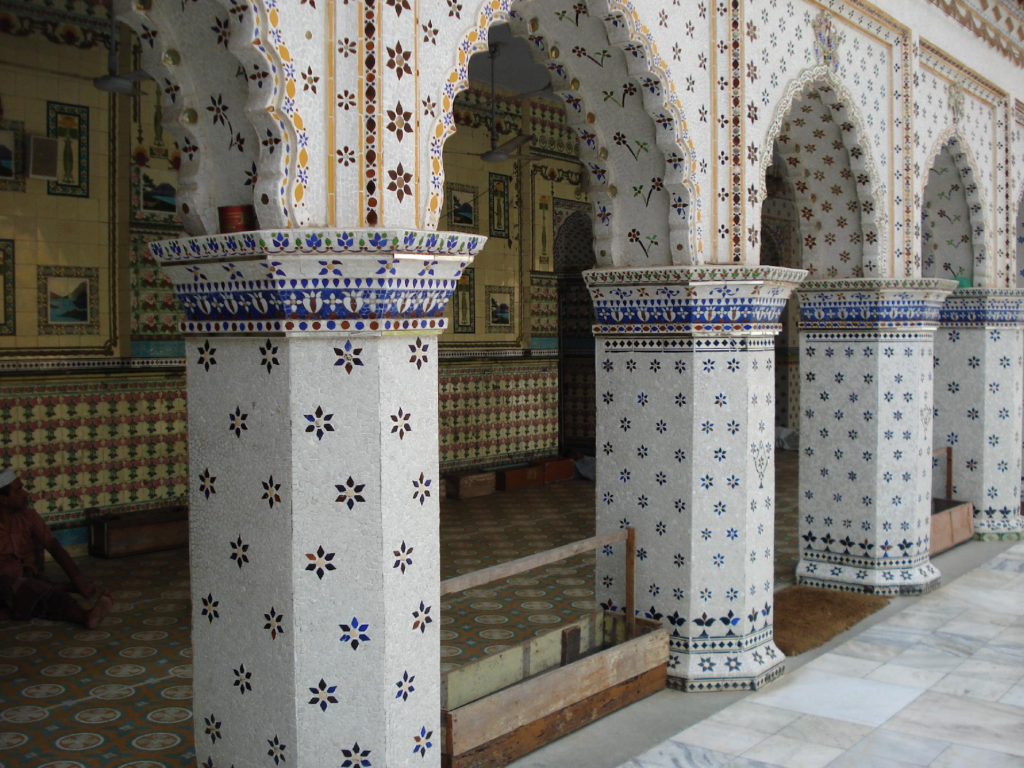
The architecture of the Blue Mosque is magnificent and is best admired from the West side.
The Grand Bazaar
Over 500 years old, the Grand Bazaar remains one of the largest covered bazaars in the world and a historical monument.
There are 60 streets, 5000 shops, 60 restaurants, 18 fountains, 12 mosques, and even a school within the Grand Bazaar.
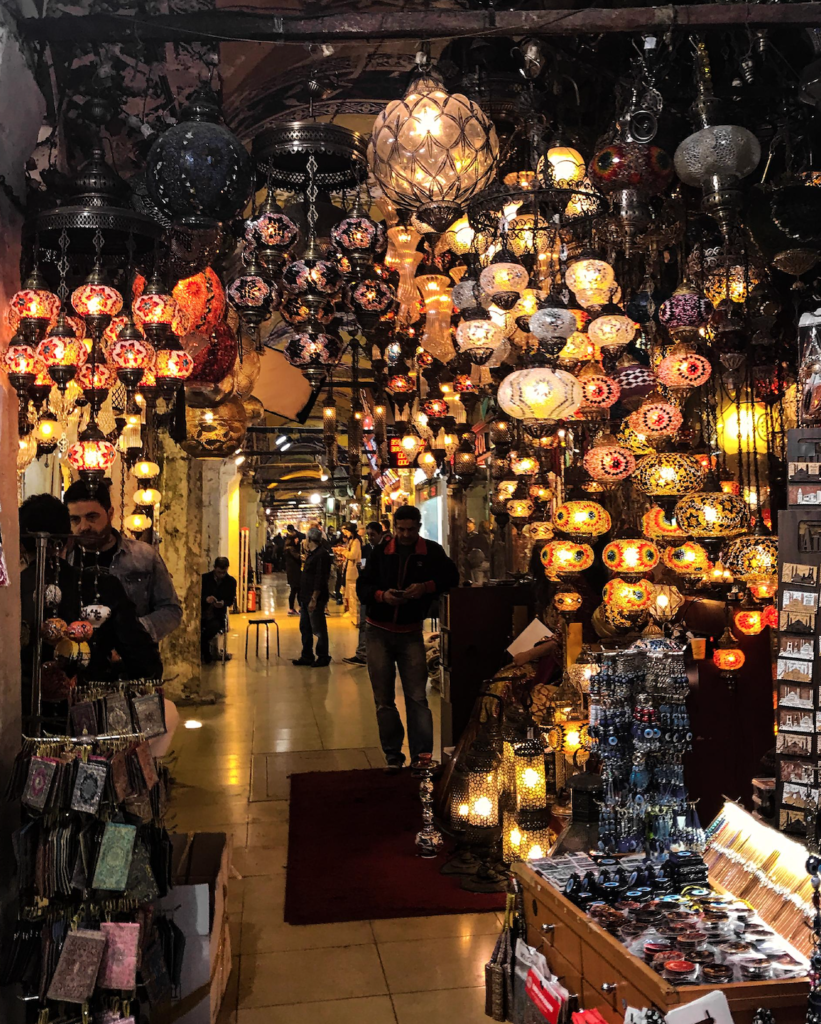
Locals do their shopping here every day, but they are probably better at bargaining than tourists… The bazaar is very famous for its carpets, leather, ceramics, souvenirs and jewelry.
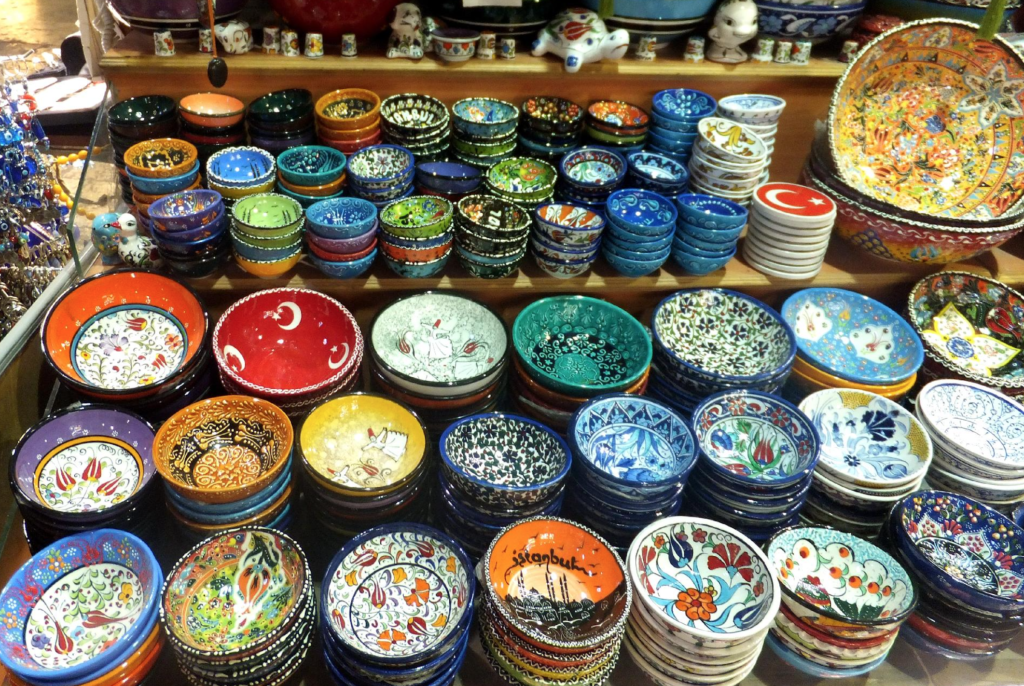
The Grand Bazaar is the last representative of the traditional shopping style in Istanbul. It’s a great starting point to discover the rich food culture in Turkey.
You can find all types of spices, preserved and pickled fruits, sweets. Sit down at one of the cafes to enjoy Turkish coffee and a snack.
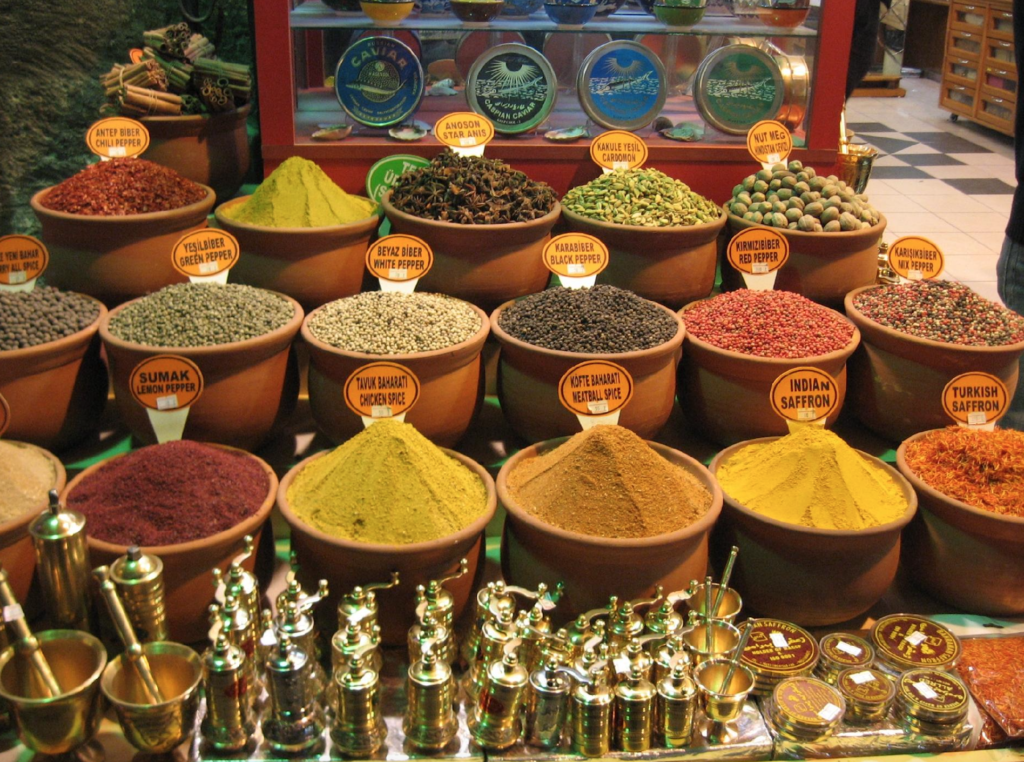
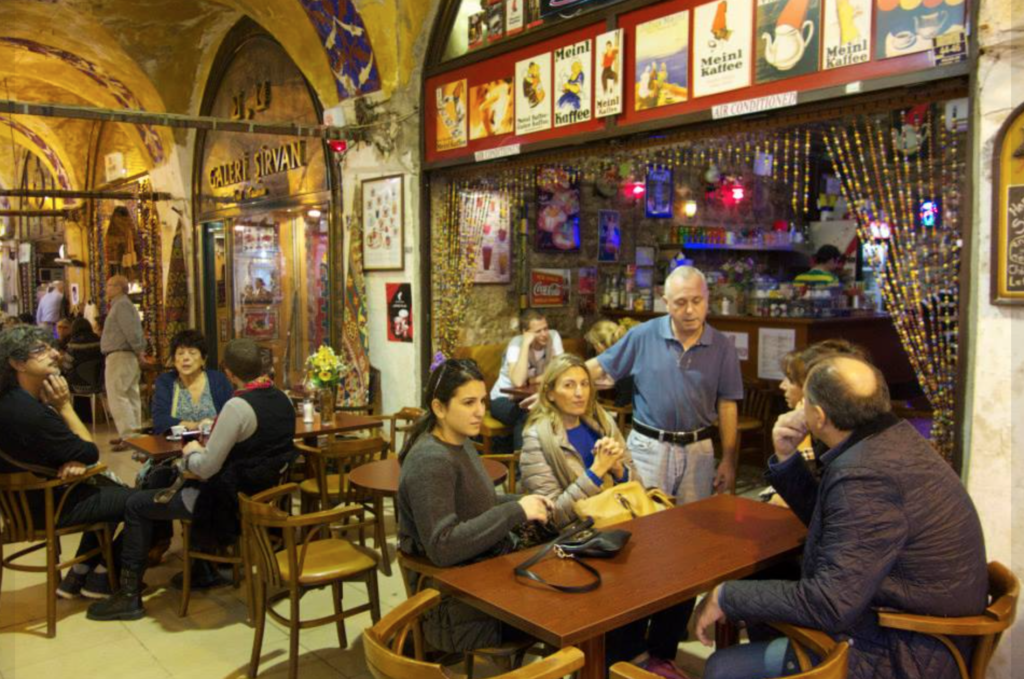
Make sure to remember where you entered before browsing around as it’s easy to get lost in this chaos.
Bosphorus Cruise
A cruise on the Bosphorus is definitely one of Istanbul highlights! It’s a pleasant way to view both the European and Asian shores from the famous waterway. Check out Viator’s many Bosphorus Cruise options.

There are several cruises you can take: a short one (to the second suspension bridge and back), a long one (all the way to the Black Sea and back), or an evening cruise including dinner.
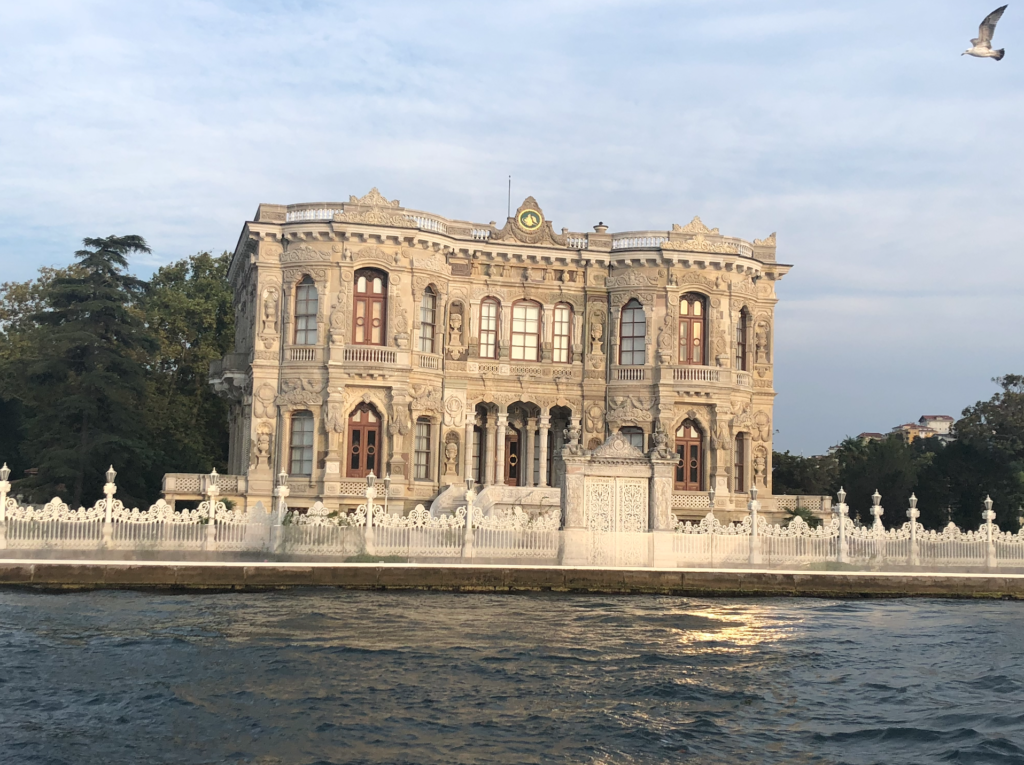
From the Bosphorus, you can admire many landmarks from both the Asian or European shores.
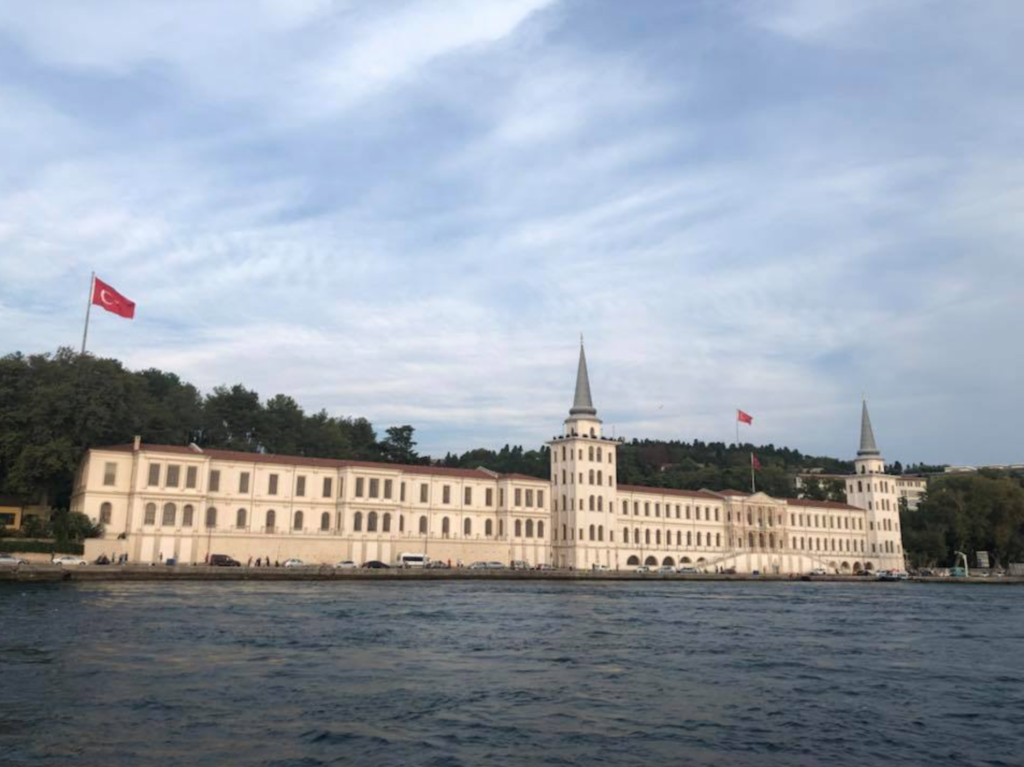
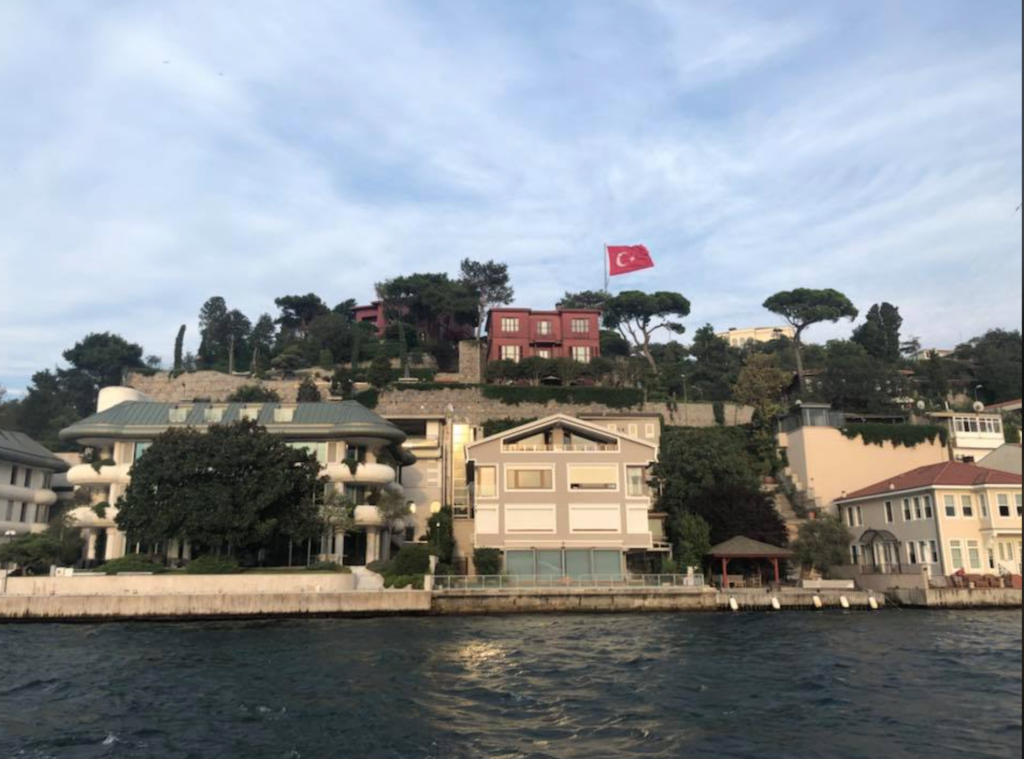
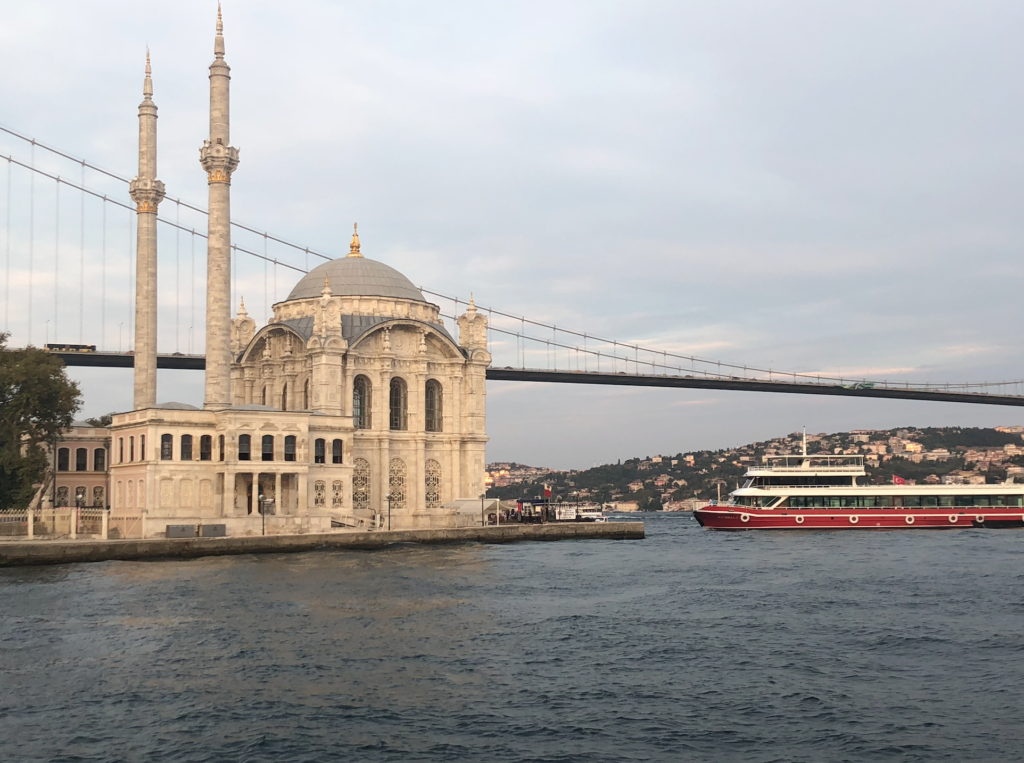
Istanbul Night Life
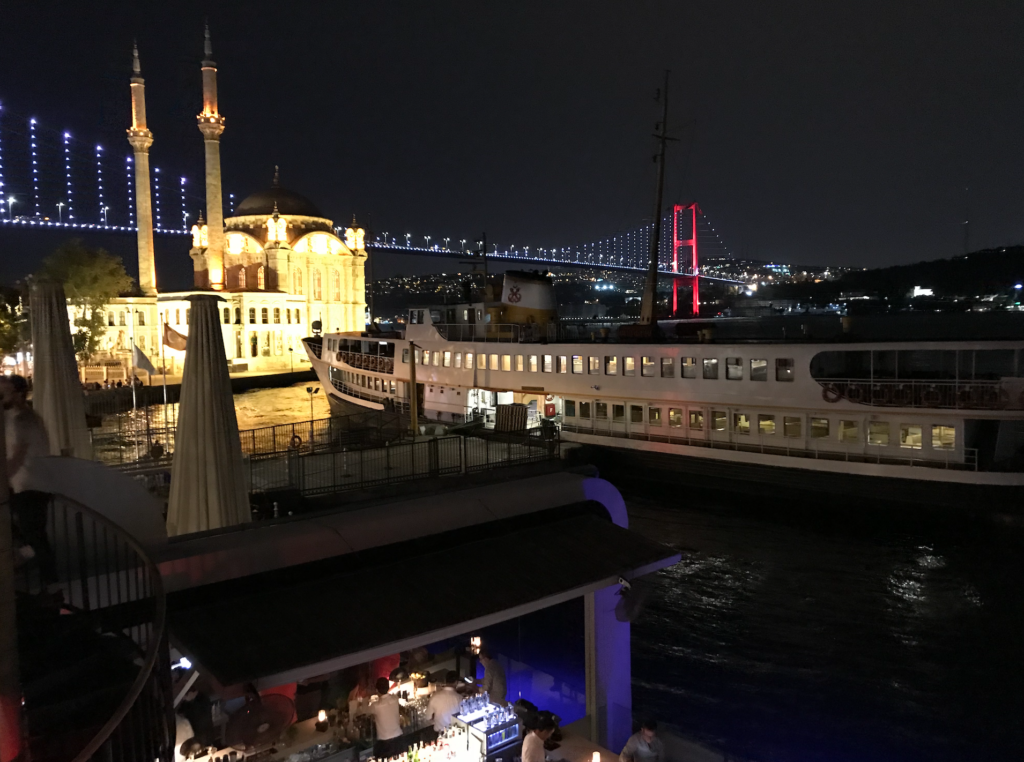
Istanbul’s nightlife is really cool. You can enjoy a drink, watch a live performance or dance the night away in trendy open-air venues by the Bosphorus or from the numerous roof-top bars all over the city.
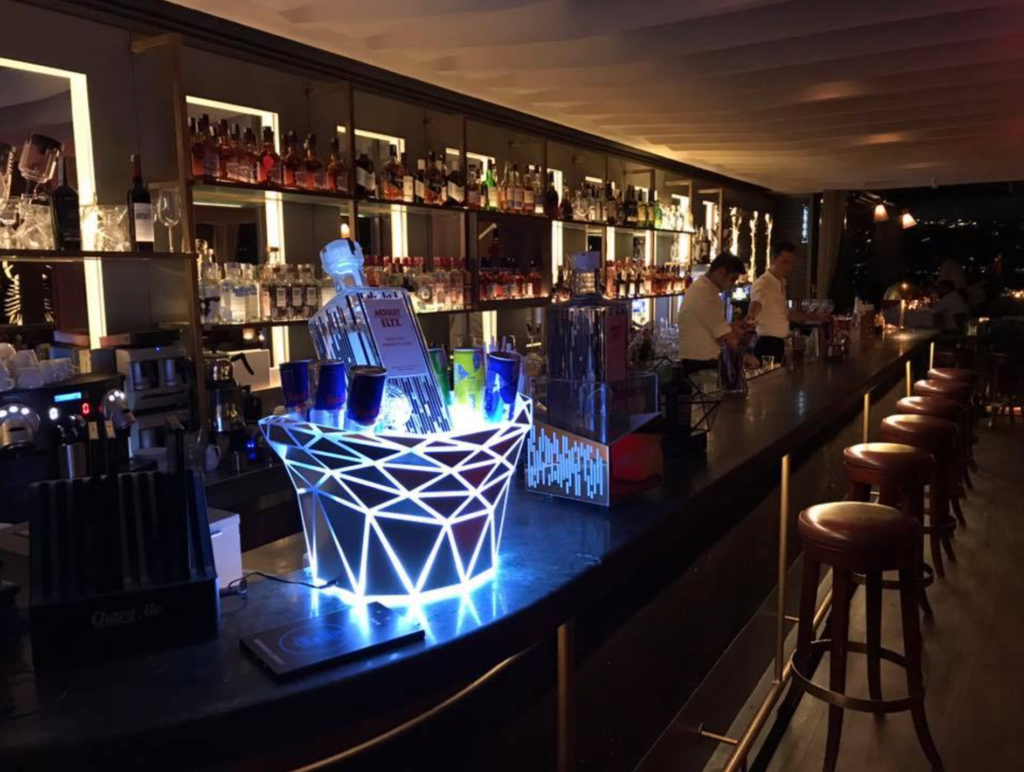
More attractions
Other sites not to miss are the Süleymaniye Mosque, the huge Dolmabahçe Palace, the Galata Tower, the Byzantine Kariye Museum and the Archeological Museum.
On my next to do list is to experience a Turkish bath, and I’m told that the best place to go is the Ayasofya Hurrem Sultan Hamami.
Definitely, Istanbul has so much to offer in terms of architecture, culture, history as well as culinary experience. Viator offers several Essential Istanbul tours such as this one for small groups.

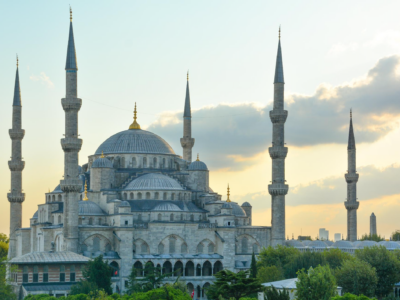










 Turkish Beef Kofta Kebab
Turkish Beef Kofta Kebab
Leave a Reply